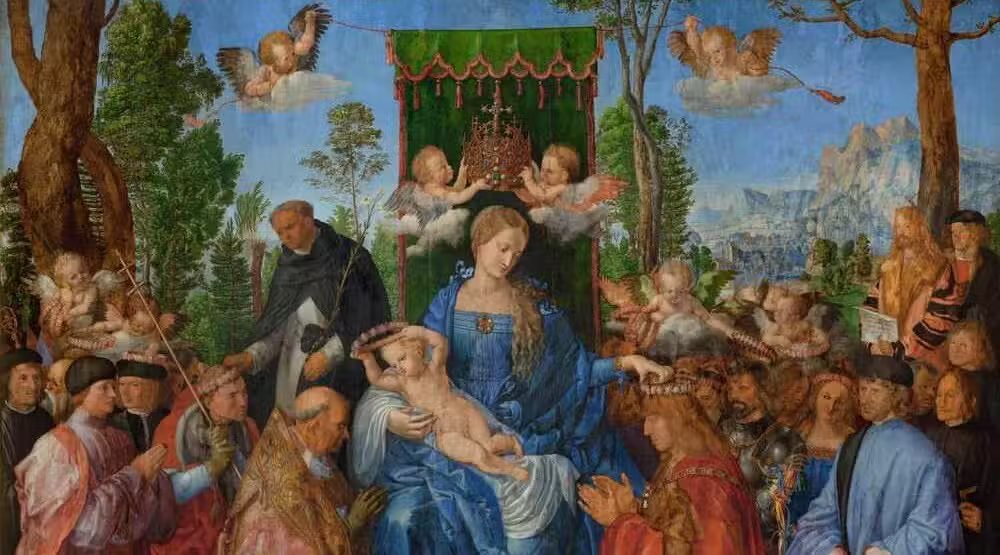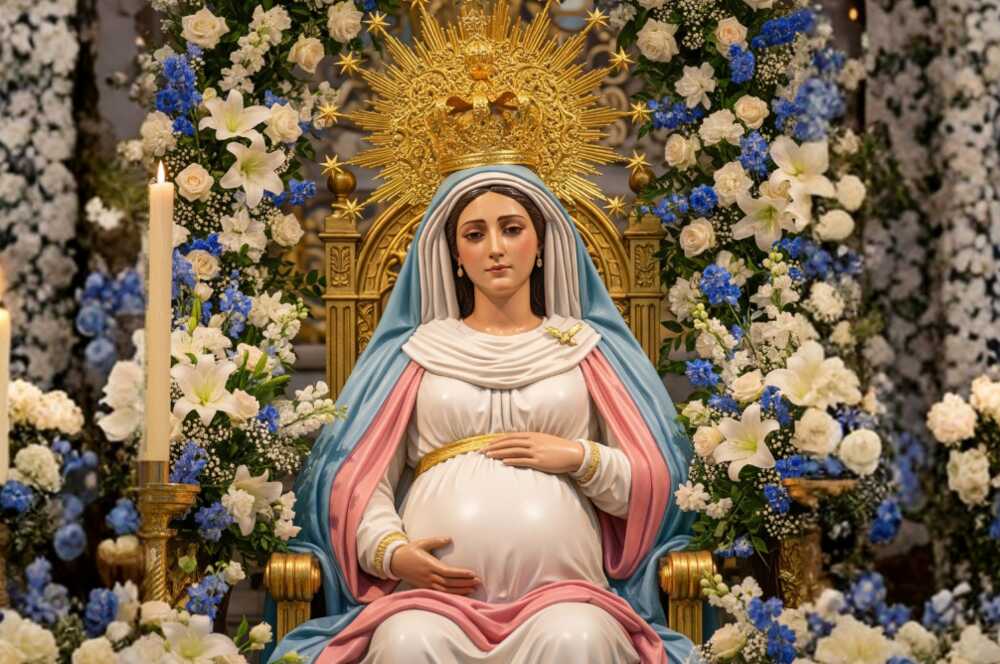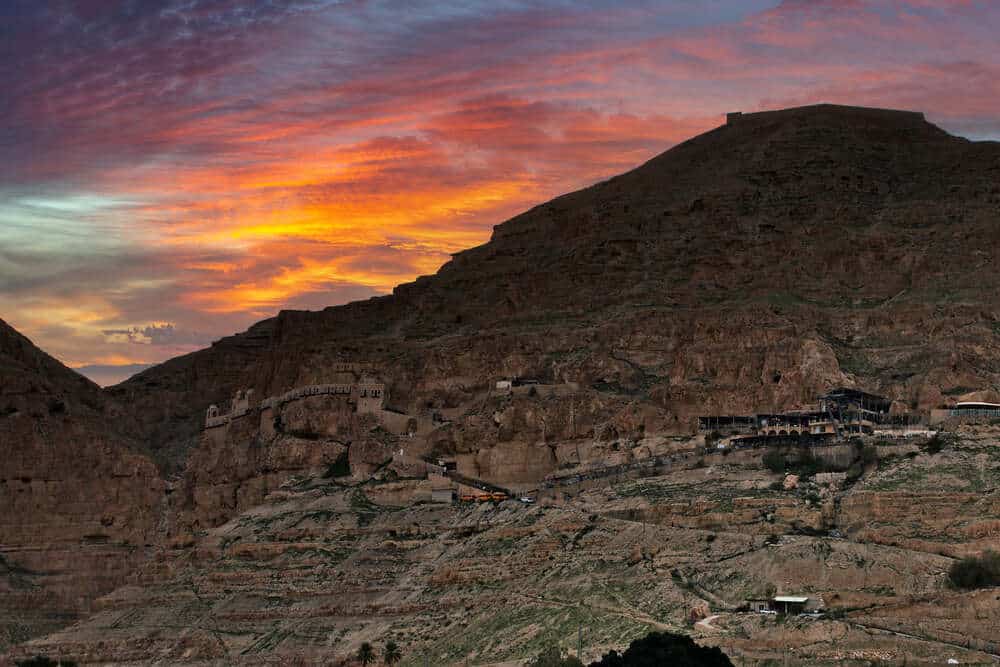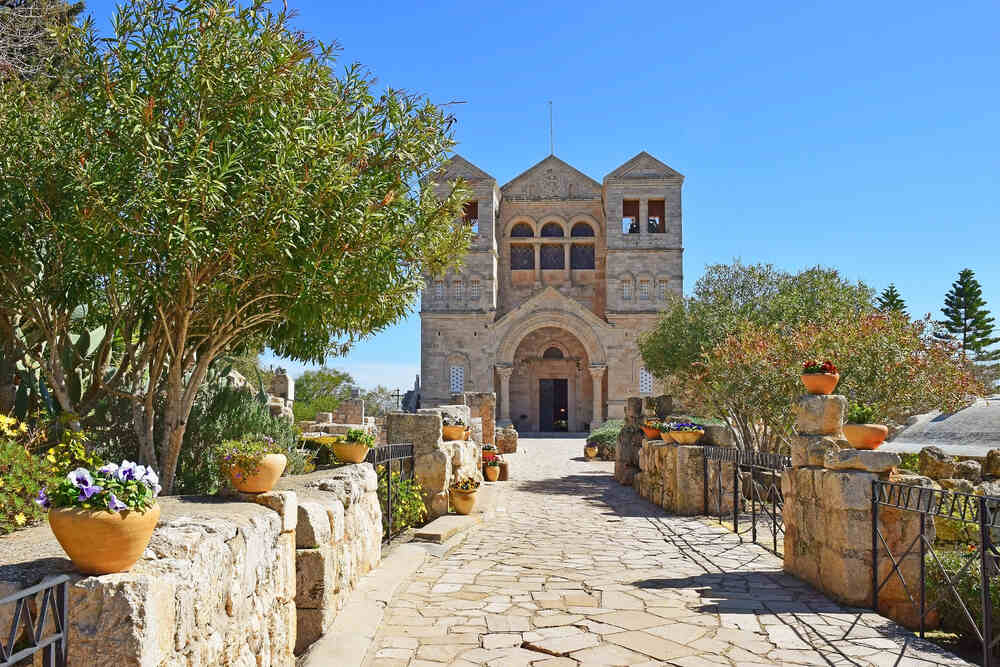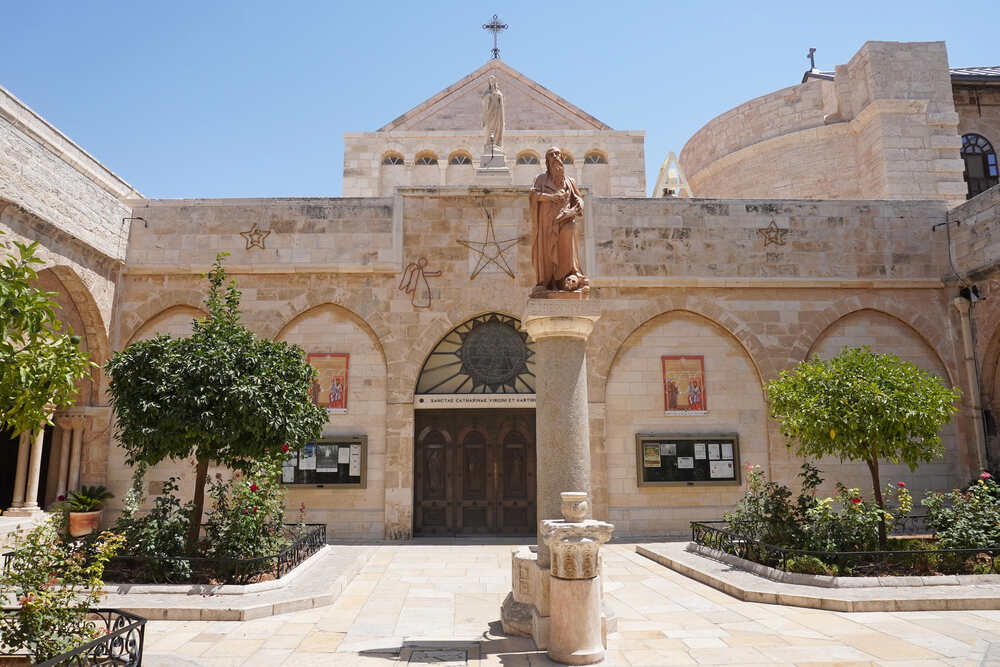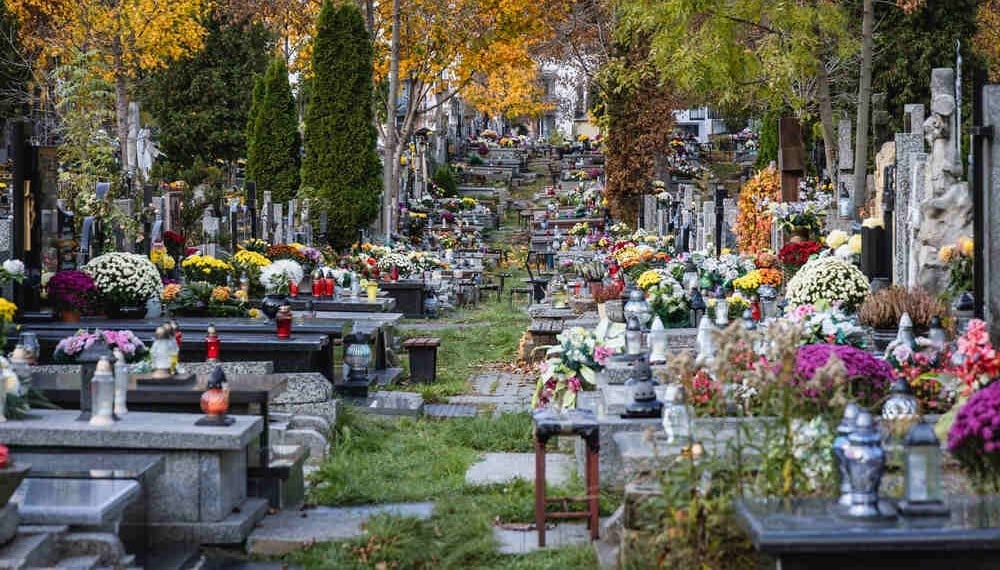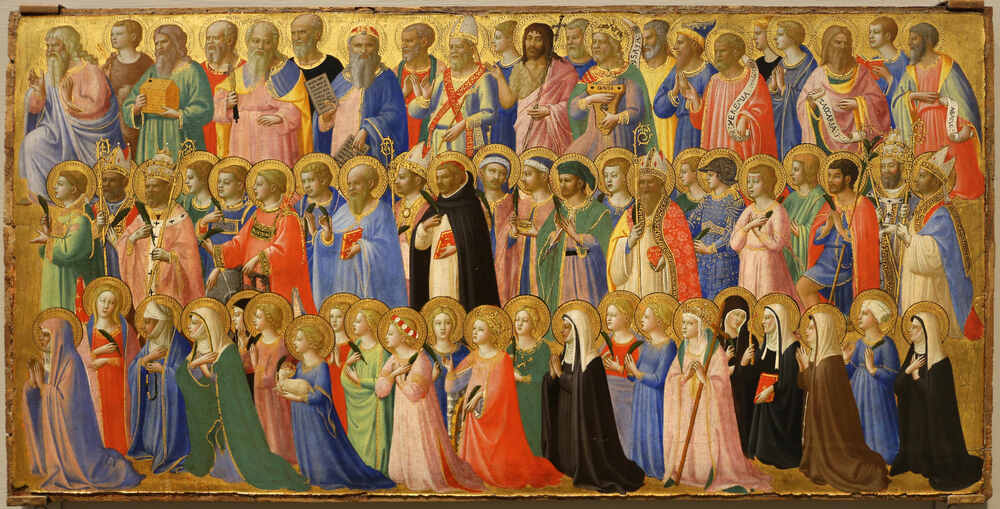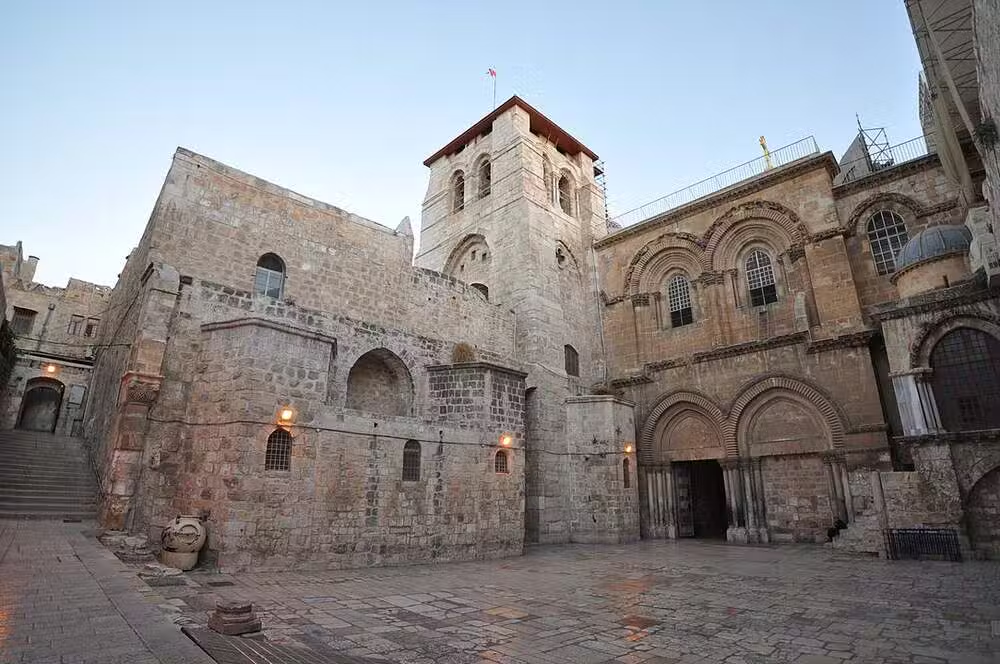Every October 7, the Church celebrates Our Lady of the Rosary, a devotion deeply linked to one of the most decisive episodes in the history of Christianity: the Battle of Lepanto. On that day in 1571, the Christian forces of the Holy League — made up of Spain, Venice, the Papal States, Malta, Savoy, and Genoa — won an unexpected victory against the powerful Ottoman Empire, which threatened to conquer Europe and spread Islam throughout the Mediterranean.
Pope Saint Pius V, aware of the danger, had called all of Christendom to fasting and prayer, especially asking for the recitation of the Holy Rosary to implore the protection of the Blessed Virgin Mary. While the fleets clashed in the Gulf of Patras, thousands of faithful joined their voices in prayer. When victory came, it was attributed to the intercession of Our Lady, and the Pope proclaimed that day as the feast of the Virgin of Victories, later known as Our Lady of the Rosary.
Since then, Lepanto not only represents a military milestone but also a spiritual triumph that testifies to the power of the prayer of the Rosary. As his successor Saint Pius X said centuries later:
“Give me an army that prays the Rosary, and I will conquer the world with it.”
1. History of Our Lady of the Rosary
1. 1. Saint Dominic and the Order of Preachers
To understand the devotion to the Virgin of the Rosary and its power in crucial moments such as the Battle of Lepanto, it is necessary to go back in time to the 13th century, when the Mother of God entrusted this prayer to Saint Dominic de Guzmán, founder of the Order of Preachers.
In the year 1214, while Dominic suffered from the spread of the Albigensian heresy that threatened to turn many away from the faith, the Blessed Virgin Mary appeared to him and gave him a prayer called the angelic psalter, today known as the Rosary. She explained that this prayer would be the “main weapon of combat,” the weapon chosen by the Most Holy Trinity to reform the world and convert sinners.
Moved by this revelation, Dominic began to preach the Rosary with fervor. In his first mission in Toulouse, a sudden storm and the miraculous movement of an image of the Virgin confirmed the celestial power of this devotion. Those signs provoked the conversion of many.
Our Lady of the Rosary also appeared to him in Paris, teaching him a simple and ardent way to explain the Angelic Salutation, the core of the Rosary. She indicated that before denouncing the sins of the world, he should prepare hearts with the prayer of the Hail Mary, so that grace could enter them. Since then, Saint Dominic dedicated the rest of his life to spreading this Marian prayer as a path of conversion and salvation.
1.2. Blessed Alan De La Roche and the Restoration of the Rosary
Over time, devotion to the Rosary cooled. In the mid-14th century, wars, plague, and spiritual lukewarmness caused this practice to almost disappear. But Our Lady of the Rosary did not allow her “psalter” to fall into oblivion.
In 1460, she appeared to Blessed Alan de la Roche, a Dominican. She asked him to restore the Confraternity of the Rosary. Alan was not very convinced. One day, while celebrating Holy Mass, Jesus himself rebuked him with words that marked him forever:
“Why do you crucify me again? I gave you the knowledge to preach the Rosary, and you do not do it. Therefore, you are responsible for the sins that you could have avoided.”
Moved, Alan renewed his life and began to preach this devotion forcefully. Our Lady of the Rosary revealed to him that she herself had interceded for his conversion, and that his mission would be to rekindle in the world the love for the Holy Rosary. She also detailed the 15 promises for all those who pray the Rosary daily.
1.3. A Crown of Roses for the Blessed Virgin
According to revelations to the saints, the Virgin herself approved the name “Rosary”, which means crown of roses. Every time a Christian prays the Rosary with devotion, he places a crown of heavenly flowers on the head of Jesus and Mary:
-
Red roses, for each Our Father.
-
White roses, for each Hail Mary.
Saint Louis Marie Grignion de Montfort later took up this teaching in his work The Admirable Secret of the Rosary. He recalled that each prayer offered with love is a spiritual rose that embellishes the sky and transforms the earth.
Our Lady of the Rosary promised to pour abundant blessings on those who pray it with faith and spread it among others. This prayer has become a school of contemplation, a weapon against evil, and a sign of filial love towards the Blessed Virgin Mary.
- You may be interested in: How to Pray the Rosary: Step-by-Step Guide
2. How to pray the Rosary?
2.1. We Can all Pray the Rosary
The Holy Rosary is a gift that the Blessed Virgin has given to everyone, regardless of age or state of life.
-
The priests
The Blessed Virgin invites priests to personally embrace the Rosary and preach it to others. This practice is not trivial: it is a wonderful compendium of the mysteries of the life, passion, death, and glory of Jesus and Mary. Priests who pray it with devotion will receive grace and effectiveness for their ministry from God. She promises them that they will be able to achieve in a short time what would take years.
-
The sinners
Even those who feel most distant from God, if they pray the Rosary every day until death with faith and contrition, will receive the grace of conversion and God’s forgiveness. Praying the three series of five mysteries daily allows one to earn three crowns: of merits in life, of peace in death, and of glory in heaven.
-
The pious souls
To those who seek spiritual perfection, the Virgin offers the Mystic Rose Bush to plant in the “garden of their souls.” The Rosary enhances contemplation, since each mystery recalls different moments in the life of Jesus and Mary.
-
The children
Even children can pray the Rosary. The Virgin asks that they pray at least one third of it daily, promising that those who do so faithfully will be able to see Jesus and Mary, in this life or in eternity.
2.2. Prayers to Pray the Rosary
The Rosary combines vocal prayer with meditation on the mysteries of the life of Christ. Each prayer has a meaning:
- The Creed
We begin by praying the Creed, since it is the foundation of our faith. The Creed or Apostles’ Creed is the compendium of Christian truths and the basis of all virtue and prayer. Starting the Rosary with an act of living faith, animated by charity, makes the prayer effective even without sensible consolations or external fervor.
- Our Father
At the beginning of each mystery, we pray an Our Father. This prayer, taught by Jesus Christ, is the most perfect. Each phrase contains teachings and acts of Christian virtue that we ask of God. We adore God with humility, we long for his glory, we have hope in his Providence, we want to obey him and detach ourselves from possessions. We ask for forgiveness and learn to forgive. We are aware of our weakness and implore his help.
Saint Augustine assures that the Our Father well prayed erases venial sins.
- 10 Hail Marys
The Hail Mary or Angelic Salutation is the most perfect praise to Mary, revealed by the Archangel Gabriel, continued by Saint Elizabeth and completed by the Church. It is a “heavenly dew” that communicates a wonderful fruitfulness to produce virtues and strengthens against enemies. It is the secret weapon to convert the most hardened hearts.
- Glory
At the end of each decade, the Glory be to the Father is recited, which completes the prayer and honors the Most Holy Trinity.
2.3. Tips for Praying the Rosary with Fruit
To pray the Holy Rosary with fruit and obtain from God the graces for our sanctification, it is convenient to:
Pray it in a state of grace or, at least, with the resolution to get out of mortal sin. Prayers made in mortal sin and without repentance are dead works that do not please God because he is honored with the lips, but his heart is far away.
Recite it with attention. To combat involuntary distractions, it is advisable to put oneself in the presence of God and think that the guardian angel collects each Hail Mary as roses to take them to the Blessed Virgin. You can unite your prayer to the praises that the saints sing without ceasing in Heaven.
Before praying each decade, you can stop for a moment, offer it for an intention (ask for a grace, a virtue or avoid some sin) and imagine the mystery in question as if you were present there.
Remember to pray with faith, trusting blindly that we will receive from God all that we ask him in prayer; with perseverance, always, every day. Do not omit the Rosary in moments of dryness, discouragement or decay. On the contrary, your prayer can be very meritorious. The Lord delays in granting a grace to encourage our fidelity. Pray the Rosary with humility, recognizing your nothingness before the infinite love of God.
At the end of your Rosary, you can ask Jesus to convert sinners, help the dying, free the souls from purgatory and grant the grace to live well, die well and reach eternal glory.
2.4. Benefits of the Rosary
There are countless fruits that can be achieved by praying the Holy Rosary:
The first and main one is that it helps in the path of sanctification, since it moves to the meditation of the mysteries of Christ and the imitation of his virtues in our own life. Thus we become like Him, other Christs. The meditated rosary grants us the following graces:
- Perfect knowledge of Jesus Christ (the “science of salvation”).
- Purification from sin (sincere repentance and forgiveness).
- Victory over enemies.
- Facilitates the practice of virtues.
- Inflames in the love of Jesus Christ.
- Enriches with graces and merits.
- Provides means to purify the penalties of sin.
- Obtains all kinds of graces.
The Blessed Virgin revealed that, after the Mass, the Rosary is the most meritorious prayer. To those who pray it devoutly meditating on the mysteries, she will obtain the total remission of the penalty and guilt for all their sins at the end of their life.
On the other hand, it is the most effective instrument for the apostolate. It helps to convert the most hardened hearts. It facilitates the reform of religious communities that have relaxed.
In addition, the peoples who pray the rosary progress in virtue and remain in the grace of God. The Rosary was offered by the Virgin as the most effective means to appease the wrath of God, eradicate heresy and reform customs. It also grants military victories, such as that of Lepanto.
It is also effective in the fight against evil. Therefore, exorcists use the Rosary to expel and repel demons from possessed people. Many who have voluntarily surrendered to Satan are freed by embracing this devotion.
In short, the Rosary is a “source and deposit of all kinds of goods”, since:
- It procures forgiveness for sinners.
- It satisfies thirsty souls.
- It breaks the chains of the chained.
- It gives joy to those who cry.
- It relieves the dead through suffrages.
- You may be interested in: 30 phrases about the Holy Rosary
3. A spiritual weapon
As we have seen, Saint Louis Marie Grignion de Montfort (1673–1716), a great Marian apostle and author of the famous Treatise on True Devotion to the Blessed Virgin, understood in depth the mystery that the prayer of the Rosary holds. For him, it was not a simple repetition of prayers, but a living meditation on the life of Christ in the company of Mary, the first believer.
The saint affirmed that the Rosary is “a chain that binds the devil and frees souls from sin”, and described it as “the most powerful weapon to touch the Heart of God”. In times when faith was cooling or the enemies of the Church were multiplying, Montfort exhorted the faithful to take this prayer as their spiritual sword, just as Christians had done in Lepanto.
His teaching invites us to see in Our Lady of the Rosary not only the protector of Christianity but also the trainer of strong souls, who prepare their hearts in prayer for the battles of daily life.
4. The miracles of the Rosary
The victory of Lepanto was a visible sign of what happens every time Christians unite in prayer. Saint Louis Marie taught that the Rosary can change the course of history, not by the force of arms, but by the faith of those who pray it.
Today, when the world seems mired in new forms of darkness — indifference, discouragement, loss of faith — the Rosary returns to being that simple and powerful light that renews hearts. In each bead, the believer learns to look at the life of Christ with the eyes of Mary and to trust in her maternal protection.
Therefore, every October 7, the Church not only remembers a naval victory but the triumph of the power of prayer. Our Lady of the Rosary continues to be, as Saint Pius V called her, “Help of Christians”: the Mother who guides her children towards the definitive victory, that of the reign of Christ in souls and the conquest of Heaven.
Who is our Lady of the Rosary?
Our Lady of the Rosary is a Marian advocation that presents Mary as mother and teacher of prayer. Through the praying of the Holy Rosary, she leads believers to contemplate the mysteries of the life, passion, death, and glory of her Son Jesus. She is considered the Patroness of the Order of Preachers (Dominicans) and special protector of those who turn to her in faith.
What Does our Lady of the Rosary Look like?
Our Lady of the Rosary is usually represented seated or standing, with the Child Jesus in her arms and a rosary in her hand. In some images, both hold the rosary, symbolizing that Mary invites the faithful to pray it together with her Son. Her face reflects serenity and tenderness, and her clothing is usually majestic: a white or pink tunic and a blue or light blue mantle, colors that evoke purity and heaven.
What is the History of our Lady of the Rosary?
The origin of this advocation dates back to the 13th century. According to tradition, the Virgin Mary appeared to Saint Dominic de Guzmán and gave him the Rosary as a spiritual weapon to combat heresy and lead people to the knowledge of Christ.
Over the centuries, this prayer spread throughout the world and was recommended by numerous saints and popes. In 1571, after the victory of the Christian coalition at Lepanto, Pope Saint Pius V instituted the feast of Our Lady of Victories, which later took the name of Our Lady of the Rosary. Since then, Our Lady of the Rosary has been venerated as Queen of the Holy Rosary and Help of Christians.
What Does our Lady of the Rosary Symbolize?
The rosary that Our Lady of the Rosary holds represents a chain of love that unites the faithful with God through prayer and meditation on the mysteries of Christ. It also expresses the spiritual motherhood of Mary, who intercedes for her children and guides them towards salvation.
What Do People Ask of our Lady of the Rosary?
Our Lady of the Rosary is asked for protection, strength in faith, and conversion of heart. The faithful turn to her to obtain spiritual graces, help in difficulties, comfort in suffering, and peace in the home. Intentions are also entrusted to her for the family, the sick, the Church, and the whole world. Her promise is clear: whoever prays the Rosary with devotion will obtain abundant blessings.
When is the Feast of our Lady of the Rosary?
The feast of Our Lady of the Rosary is celebrated on October 7th. This date was established by Pope Saint Pius V in 1571, in gratitude for the Christian victory in the Battle of Lepanto, attributed to the intercession of the Virgin through the praying of the Rosary. In many countries, the month of October is especially dedicated to the Rosary.

